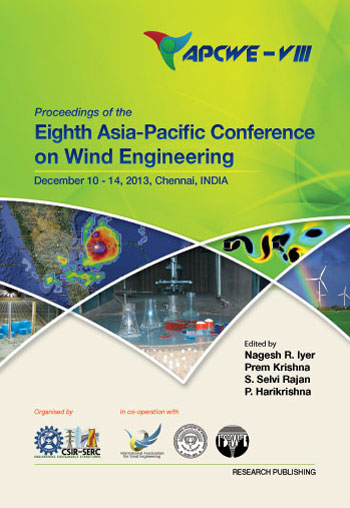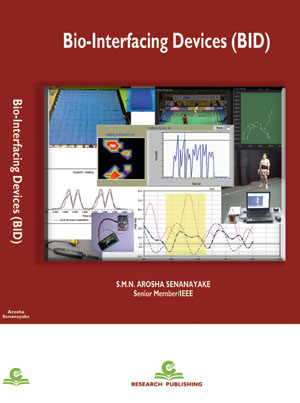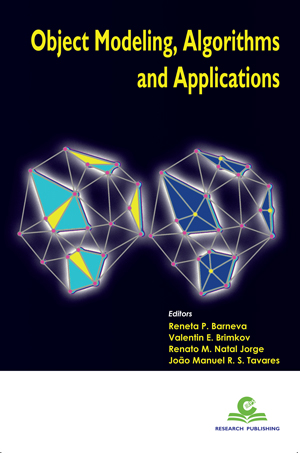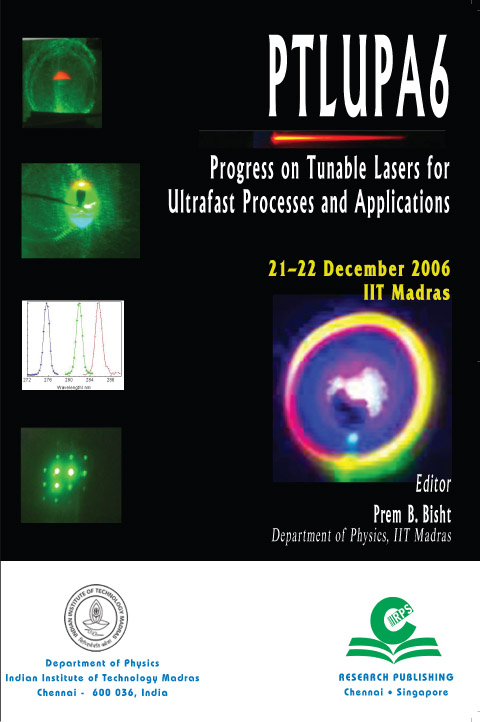Description
The legacy of Asia-Pacific Conference on Wind Engineering (APCWE) starts with the first event held at Roorkee/India (1985), moving on to Beijing/China (1989), Hong Kong/China (1993), Gold Coast/Australia (1997), Tokyo/Japan (2001), Seoul/Korea (2005) and Taipei/Taiwan (2009). APCWE is an international event regularly convened every four years under the umbrella of International Association for Wind Engineering (IAWE), with participation by wind engineering researchers and practitioners from in and around Asia and Pacific regions. Outcome of these conferences has led to fine tuning of policy changes, standards and wind engineering-related codes, and, as a whole, expanded the vistas of knowledge in the field of wind engineering. The Eighth Asia-Pacific Conference on Wind Engineering is organized by CSIR-Structural Engineering Research Centre in Chennai during December 10–14, 2013.
After critical review by members of the International Scientific Advisory Board and other experts in the field of wind engineering from India and abroad, 161 papers from 17 countries have been selected for presentation and publication in the conference proceedings. Themes addressed in the proceedings include aeroelasticity, bluff body aerodynamics, boundary layer wind tunnel testing, bridge aerodynamics, codes of practice/international standards on wind loads, computational fluid dynamics, field measurements and health monitoring, low- and high-rise buildings, urban flow dispersion modeling, wind engineering and wind disaster mitigation, wind energy and applications, wind environment/human comfort, wind-structure interaction, wind climate assessment and climate modeling, instrumentation and control, atmospheric modeling, etc. There are 12 keynote speeches and 4 invited talks by experts in the field of wind engineering. While keynote/invited papers and extended abstracts are included in the printed volume of conference proceedings, full-length and keynote/invited papers are given in the credit card flash drive.
Readership: Civil engineers, architects, scientists, researchers and students with an interest in Wind engineering.






Reviews
There are no reviews yet.